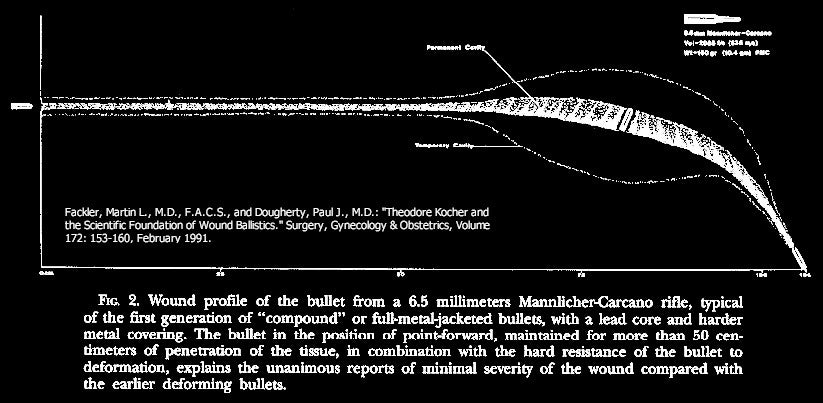By inches and degrees. And you also have to define what the criteria are for 'good' or 'best' to actually compare all the factors to draw an overall conclusion.
Overall battle effectiveness in the hands of the average soldier. As others have said the Springfield is a Mauser, the distinguishing characteristics between it and a Kar98 are sights and the round and while the round is only a bit hotter every joule of extra energy is a mark against.
Also I didn't say the Springfield was the worst rifle of the war. It wasn't, as I said it had one of the best actions of any rifle, all I'm saying is it is worse than the German original because it had a hotter round and worse sights. It was a good rifle with a bad round.
In 1939 you had the Enfield, great action let down by it's rimmed cartridget. The Kar98k let down by having the second hottest round. The Carcano's aka the reverse Springfield a great round let down by everything else. The Mosin let down by it's sights. The MAS-36 let down by not having enough and the best of the bunch/least worst the Arisaka.
As for the 1917 Enfield it had great sights for the era but it had the wrong round and it's sister the P14 had too small a magazine. I'd have preferred a SMLE.
